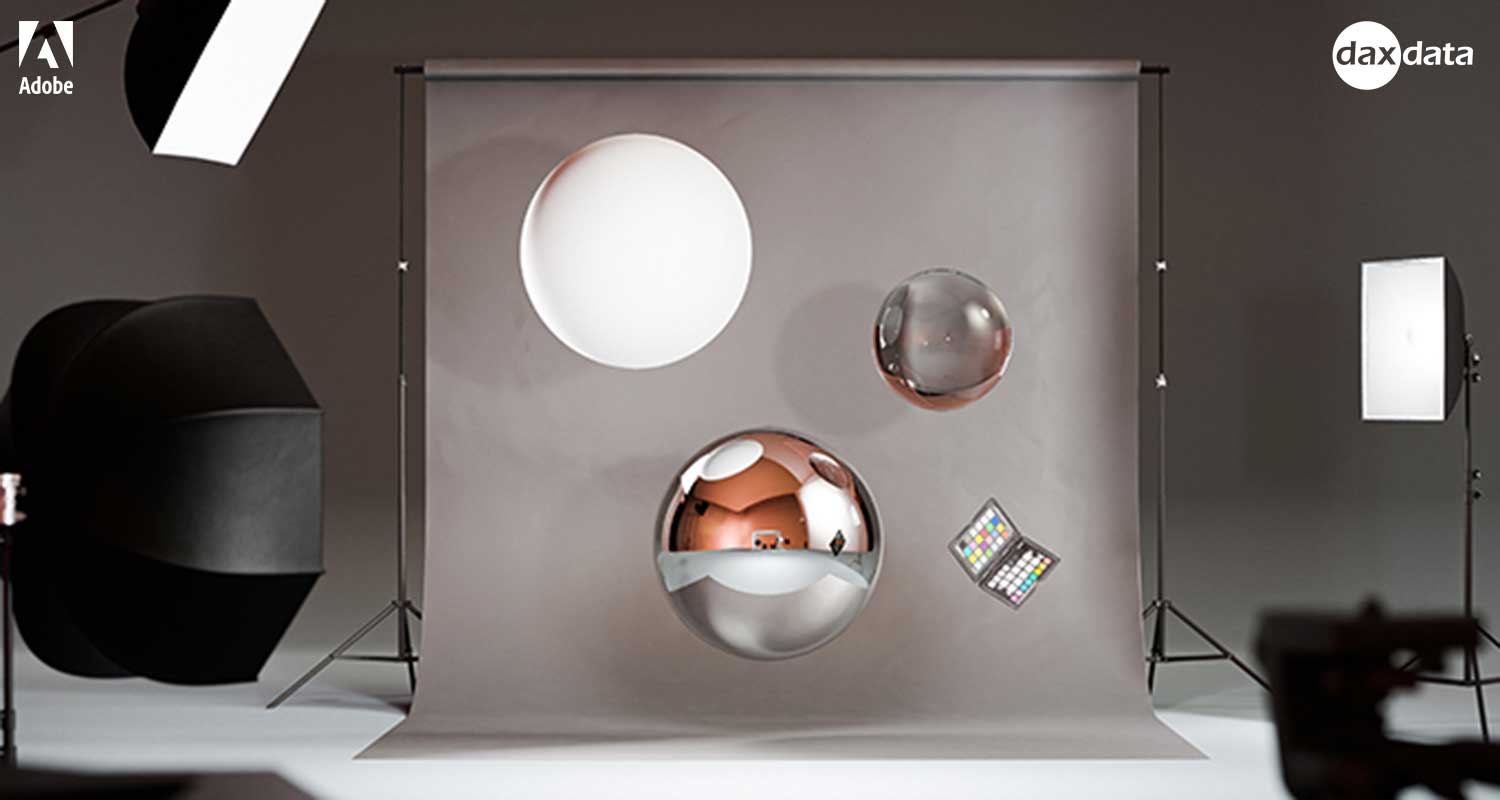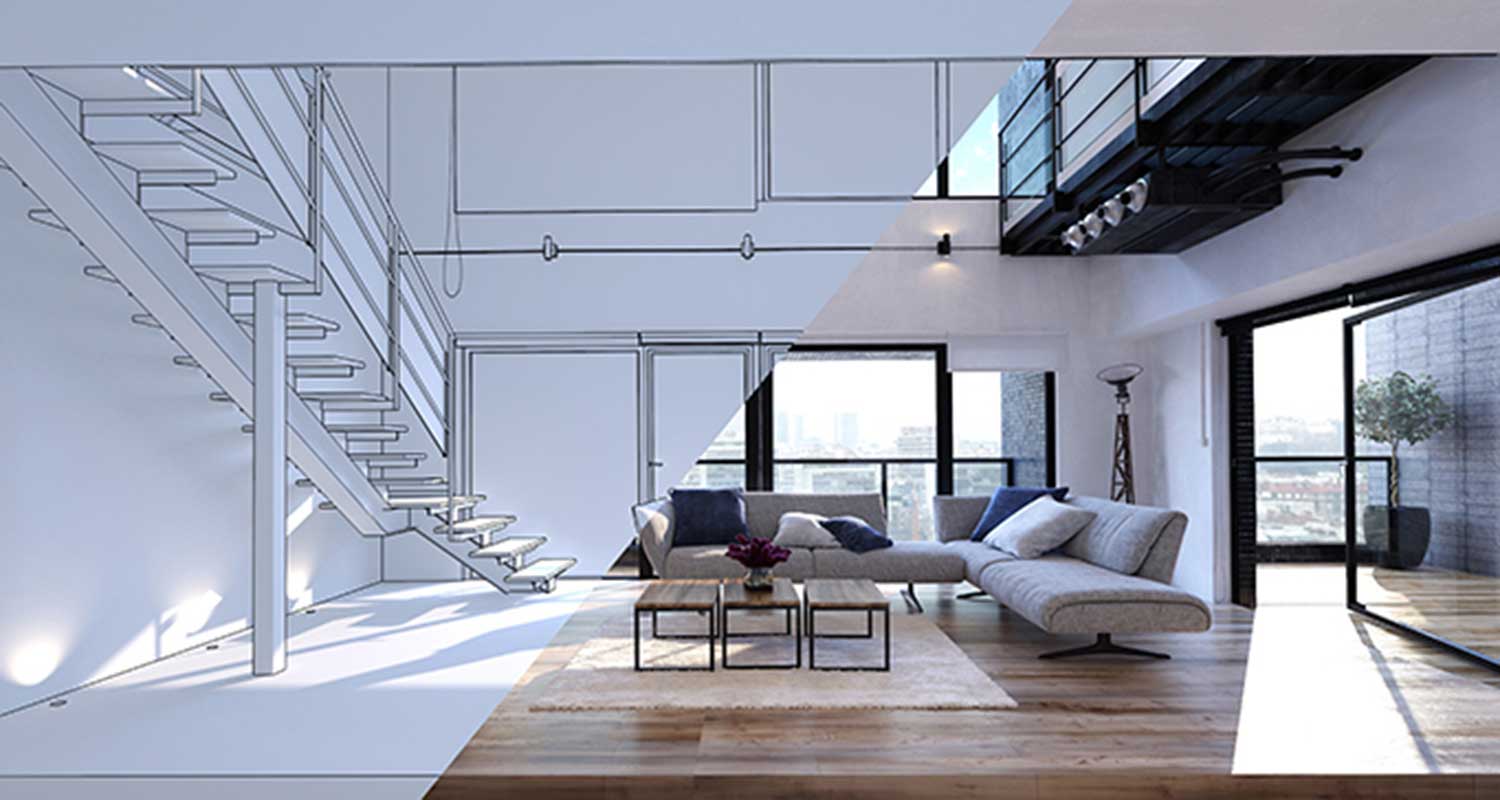 In a world where major visual projects like photo shoots, films and commercial videos are limited by deadlines and budgets, it’s increasingly difficult for designers and marketers to deliver the perfect image or video. More companies are therefore leaning on next-generation solutions to drive results without the headaches and expense. Specifically, brands and marketers are looking to advances in 3D modelling and synthetic photography for help.
In a world where major visual projects like photo shoots, films and commercial videos are limited by deadlines and budgets, it’s increasingly difficult for designers and marketers to deliver the perfect image or video. More companies are therefore leaning on next-generation solutions to drive results without the headaches and expense. Specifically, brands and marketers are looking to advances in 3D modelling and synthetic photography for help.
“With Adobe Substance 3D Stager, it was like night and day. It’s so easy and intuitive. If you’ve been in other Adobe applications like Photoshop or Illustrator, then you already have an idea of how you can use Adobe Substance 3D Stager,” says Justin Schraff, senior Mac artist at American creative agency Yamamoto.
A new way to stage a photo shoot
In a typical photo shoot, for example, brands look to capture every product in-house and oftentimes without considering the cost-saving opportunity of using 3D virtual studios. Plus, costs will rise with travel to locations, involving large project teams. Shoots can require everything from highly paid models, to licensing, to photographers, to basic expenses while on site, even if the end result doesn’t pan out. Brands may be forced to reshoot or attempt to rework images away from the location of the shoot.
Yet these days, with the proliferation of 3D modelling and synthetic photography, getting great visuals can happen from offices and studios anywhere. With a photorealistic approach, creatives can purchase stock images or use their own existing content to devise new scenes and composites. “The results of a recent Pfeiffer Report show that companies can save nine times the resources when integrating 3D workflows in place of destination shoots. No surprise, the savings are impossible to ignore,” says Dominic Richardson, CEO of local Adobe distributor Dax Data.
Photorealistic 3D images
3D design solutions like Adobe Substance 3D Stager are being embraced in the extended creative space. Stager lets designers create high-quality, photorealistic 3D images. Using composite 2D and 3D assets, people can build product shots, scene visualisations and abstract art, without the heavy lifting or steep learning curve of other 3D software.
“In traditional shoots, tons of hours were spent retouching and detailing processes — but now it’s just about finding and buying the right 3D model,” says Chris Bernay, partner and graphic designer of PuraFrutta and Duo. “It’s about getting the right image or photo for the background or situation I want, and the results look so realistic and awesome.”
 By leveraging this technology, marketers and designers can simplify workflows for better, easier collaboration and increased flexibility — even as projects become more detailed and complex.
By leveraging this technology, marketers and designers can simplify workflows for better, easier collaboration and increased flexibility — even as projects become more detailed and complex.
Benny Lee, global 3D design lead for Coca-Cola, reports the brand can create 3D designs in days with Substance 3D. On a recent Fanta Halloween campaign, the team spent one-third of their budget on “visualisation” — specifically, photography and computer-generated renderings for their seasonal packaging. By integrating Substance 3D, the team saved US$100 000 in “phase one” of their new packaging design, while empowering their design teams and increasing productivity. “Due to the low learning curve, they were able to pick this up faster than a lot of the other programs,” Benny says. “Our in-house 3D talent is able to remove this workload from their shoulders and refocus their energies on something that matters.”
Ross McKegney, director of engineering at Adobe, says the new workflows opened up by 3D modelling are changing the game across the board for creators. “With the Dimension workflow and its Adobe Sensei artificial intelligence capability,” he says, “we’re able to give this ‘aha’ moment — this moment of ‘I can’t believe I actually did that, and it was so easy’. As soon as the light goes on and users realise they can create photorealistic images with 3D, they can’t go back.”
More efficient workflows and faster iterations
The new approach that 3D modelling provides can help creators work more efficiently on the front end of the ideation process as well. Kristine Arth, founder and principal designer at Lobster Phone, says the tools give her the ability to work faster, iterating more ideas and testing concepts, ensuring that she’s pushing the best possible outputs into the marketplace. “Synthetic photography acts as a three-dimensional storyboard,” she says. “It gives me and my clients the visualisation of what a project could be like without having to spend the time and money to create a physical prototype.” See for yourself in this Adobe MAX session now on demand: 3D Virtual Photography: Faster than Traditional Photography.
Even if unique commercial photography is a must for a brand’s final project, Arth sees the value in exploring synthetic options. “There are still times when the depth you get with true photography is something that can’t be created synthetically, but when both tools are used to inform each other, the results are much stronger.”
The next step in a creative workflow revolution
As content creators explore this new frontier of 3D modelling and synthetic photography, one thing is clear: the industry is in the middle of a creative workflow revolution, and the benefits are far-reaching.
“Superior quality is attainable for everyone now”, says Dax Data’s Richardson. “The new technologies in photography and design are enabling entrepreneurs and small businesses to achieve great results at affordable rates.”
This is just the beginning for designers on their 3D modelling journey. Let Dax Data show you how your creative teams can keep growing, scaling and proliferating through the most suitable Creative Cloud applications.
- Read more articles from Dax Data on TechCentral
- This promoted content was paid for by the party concerned




